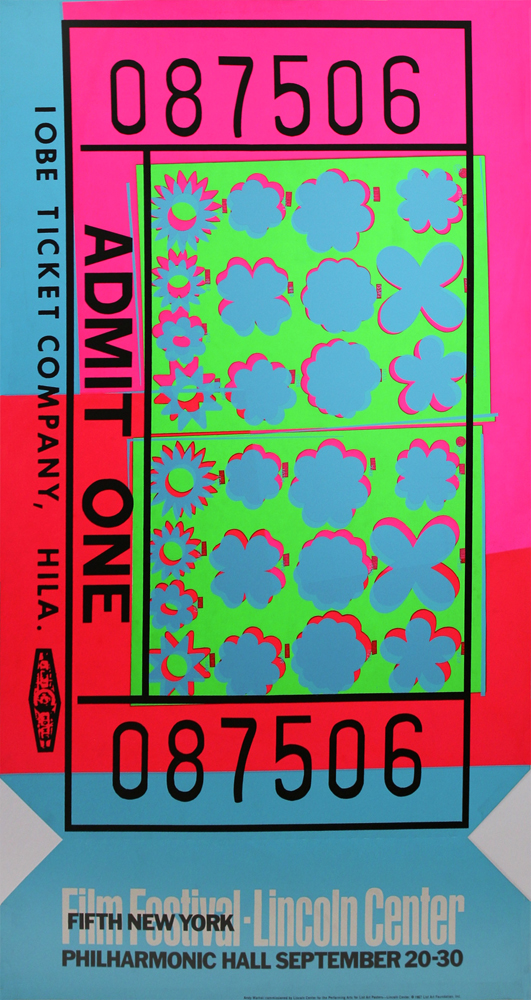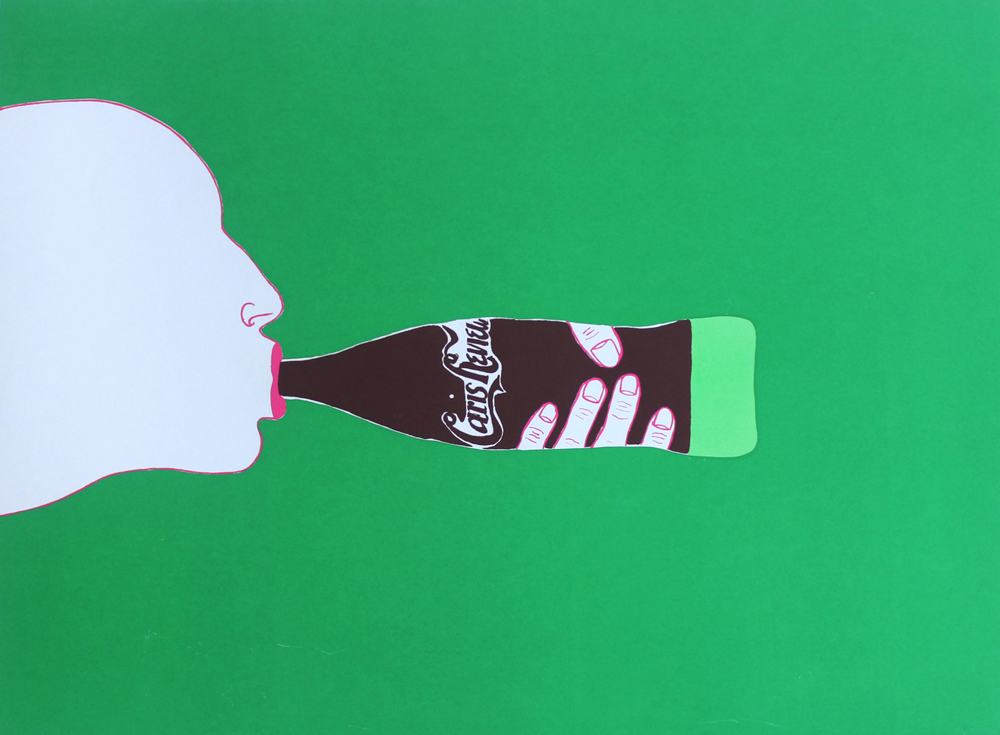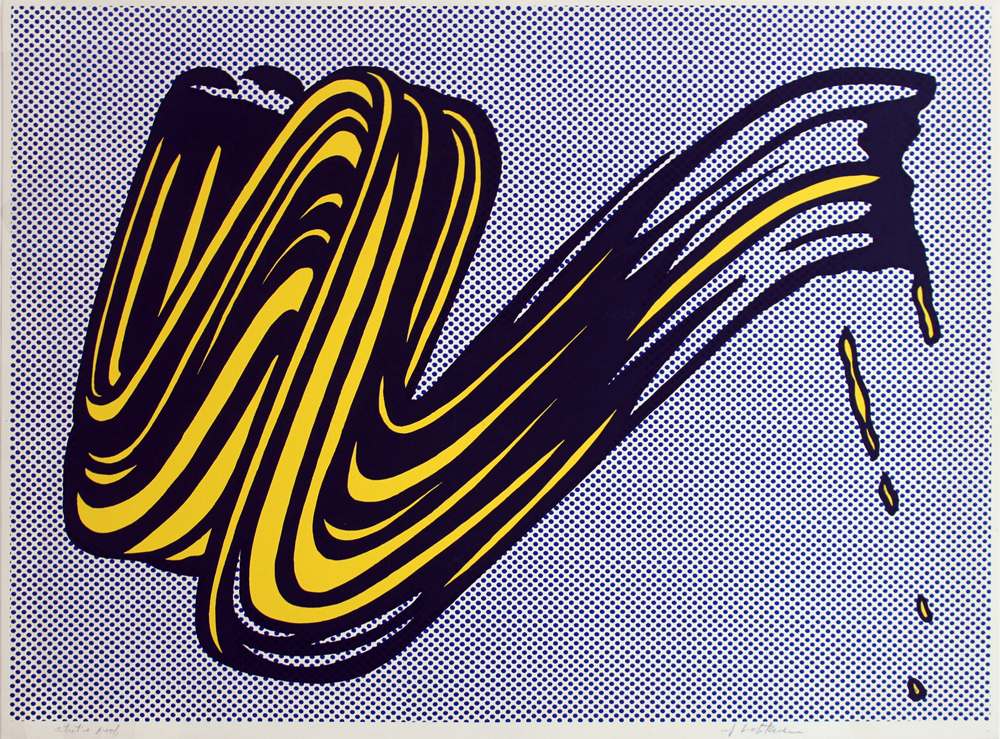Thirty-six silkscreen prints developed during Pop Art's seminal moments of creation are now at auction online.
Among them are Roy Lichtenstein's first foray into screen printing in 1965, and Andy Warhol's 1967 print of a ticket to the New York Film Festival.

"This is art history," says Deb Ripley, senior specialist in contemporary art at artnet Auctions. "It's the first time they've been exhibited as a group."
All were created from 1963 to 1968 at Chiron Press in Manhattan's Lower East Side by master printer Stephen Poleskie.
The print shop at 614 E. 11th St. was a primordial soup of sorts - a place where emerging artists could create a new kind of art from technology usually reserved for billboards and handbills.

"It's not like they had fancy equipment in that studio," she says. "There was a table to make prints and a clothesline to hang them up to dry. But the birthplace of Pop prints was at that table."
Everything created there involved a time-consuming process. Stencils were cut by hand, and the screen mesh through which ink was squeegeed was truly silk. "That's how they got those brilliantly saturated colors that are so emblematic of the Pop Movement," she says.
One Lichtenstein print in the auction is the first the artist ever made, and a gift to the printmaker. It's a depiction of a brushstroke, and followed his earlier experimentation in painting with the same subject.

"It was like a Rebel Yell - that they were doing something completely different," she says. "He was using an industrial technique to draw a dripping brushstroke. It's machine-made, as if the artists were mass producers of products."
In essence, Lichtenstein was taking the idea of the sacred, agonizing artist who worked in solitude, and turning it on its ear. Where fine artists were committed to carefully etching onto stone to turn out 30 to 40 lithographs, he was cutting stencils to create 300 to 400 prints.
Ripley anticipates that the Lichtenstein will sell for $12,000 to $18,000, while Warhol's movie ticket could fetch between $7,500 to $8,500. Still there are plenty of lesser-priced prints, all a part of Poleskie's collection.

"A lot of beginning collectors can jump in here," she says. "Steve wanted the show to be accessible, so some are ridiculously cheap."
Anyone who wants to own a piece of Pop Art history will have to act soon, though. The auction closes on Oct. 24.
For more information, go to http://www.artnet.com/auctions/fts/?f=chiron/
J. Michael Welton writes about architecture, art and design for national and international publications. He also edits and publishes an online design magazine at www.architectsandartisans.com. Portions of this post appeared there first.